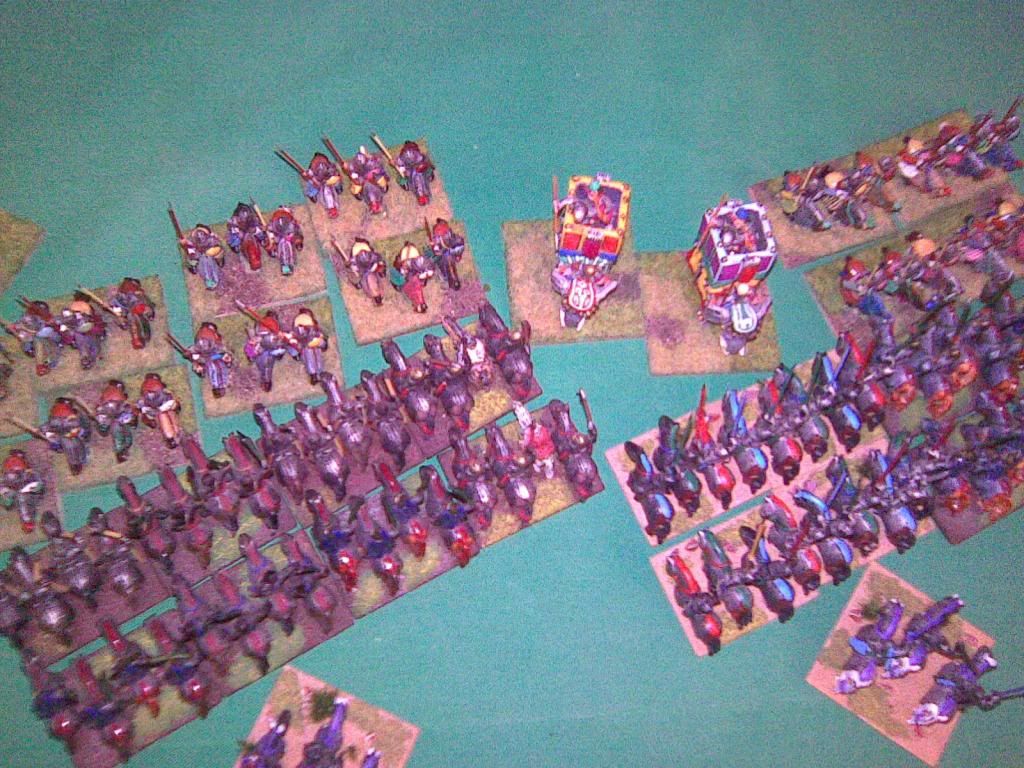stenic wrote:ShrubMiK wrote:
In this case the ruling was that the additional bases did fight, so it sounds like you don't have a problem with that. To be able to comment meaningfully on the Berkeley ruling (which you seem to be suggesting was flawed), I'd need to see exactly what that situation was.
Indeed, it seems logical they should fight so I concur with the ruling compromise (if that's what it was) so they should fight as if conformed.
As for the Berkeley one I wasn't there so not really expecting a comment but rather I was remarking that the internal overlap situation was described to me but it wasn't clear so I couldn't follow it. I suspect they were so aghast at being told their bases may not contribute that they were too excited to explain it to me properly...that or I was having a dimwit day

The main issue seemed to be it was felt the situation was engineered to exclude their bases from fighting deliberately.
As I was the beneficiary of the Berkeley situation, I can clarify:
My BG was in frontal contact with two enemy BGs that were at 90 degrees to each other. The bases in contact were paired off against each other for the melee, the enemy bases (not in contact) in the middle of the "V" could not fight as overlaps, because the bases they would be overlapping were in the middle of my line.
The situation was actually engineered to engage both BGs so that they would not be able to charge me in the flank in a future bound. The internal overlap thing was an unexpected bonus. No ruling was required as the rules were clear.
As has been stated above, the logic is that you cannot fit more men in the middle of a line than the number of men that will fit in the line!
While this worked in my favour on that particular occasion, the rule is there to stop people deliberately kinking their line (

) to get extra bases fighting.
The Usk situation differed in that the elephant fighting the darker based cataphracts was in contact with the side of the cataphracts' base, and hence was deemed as fighting as an overlap against them in the melee. As such it was not "counting as in front edge contact", so not covered by the no internal overlaps rule. I must admit that I made the ruling on the basis of fairness rather than the RAW, and without long consideration - I had my own game to get back to - but it turns out on further consideration that the RAW does in fact support the ruling.
As has been said elsewhere, please don't use Umpires' decisions as precedents. Umpires are required to give quick decisions which will sometimes, on further consideration, turn out to be wrong.














